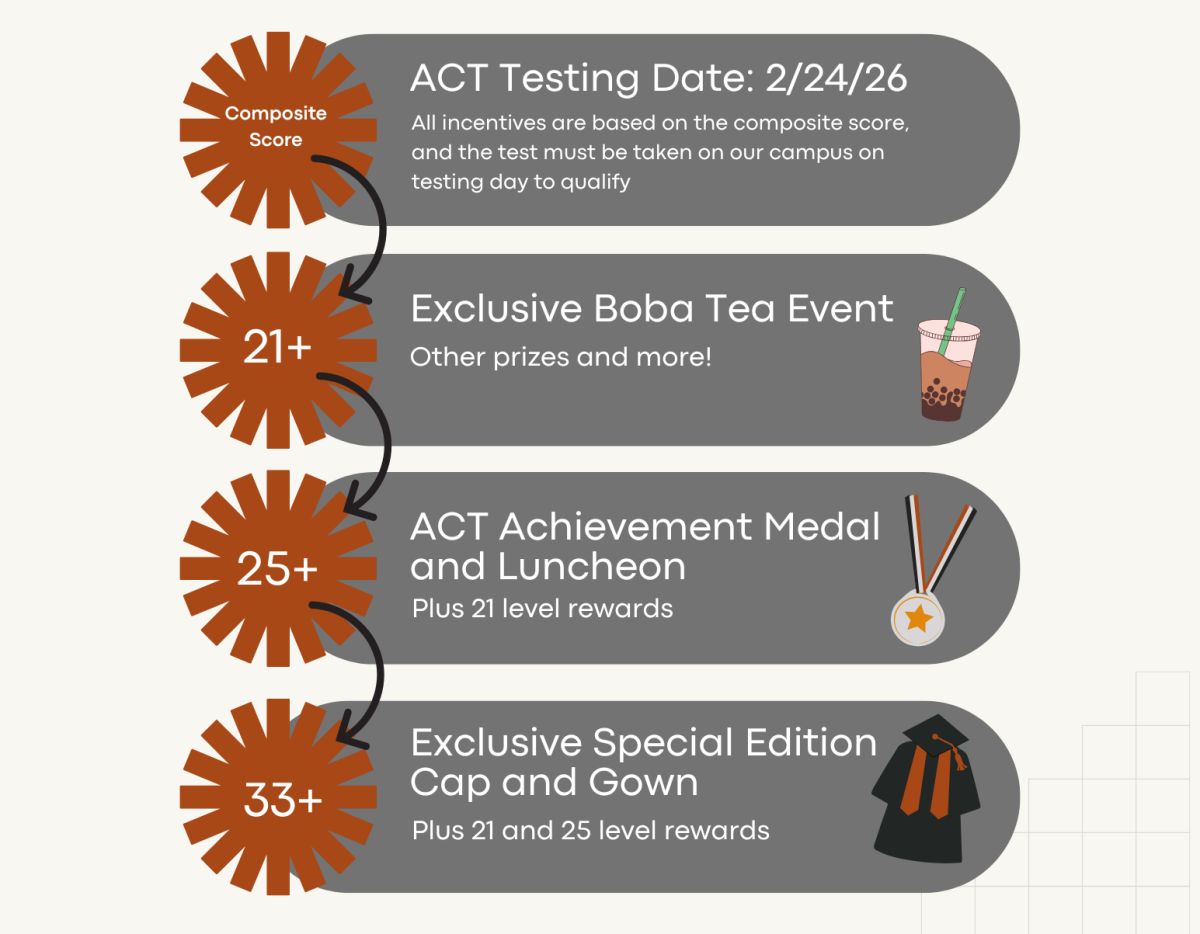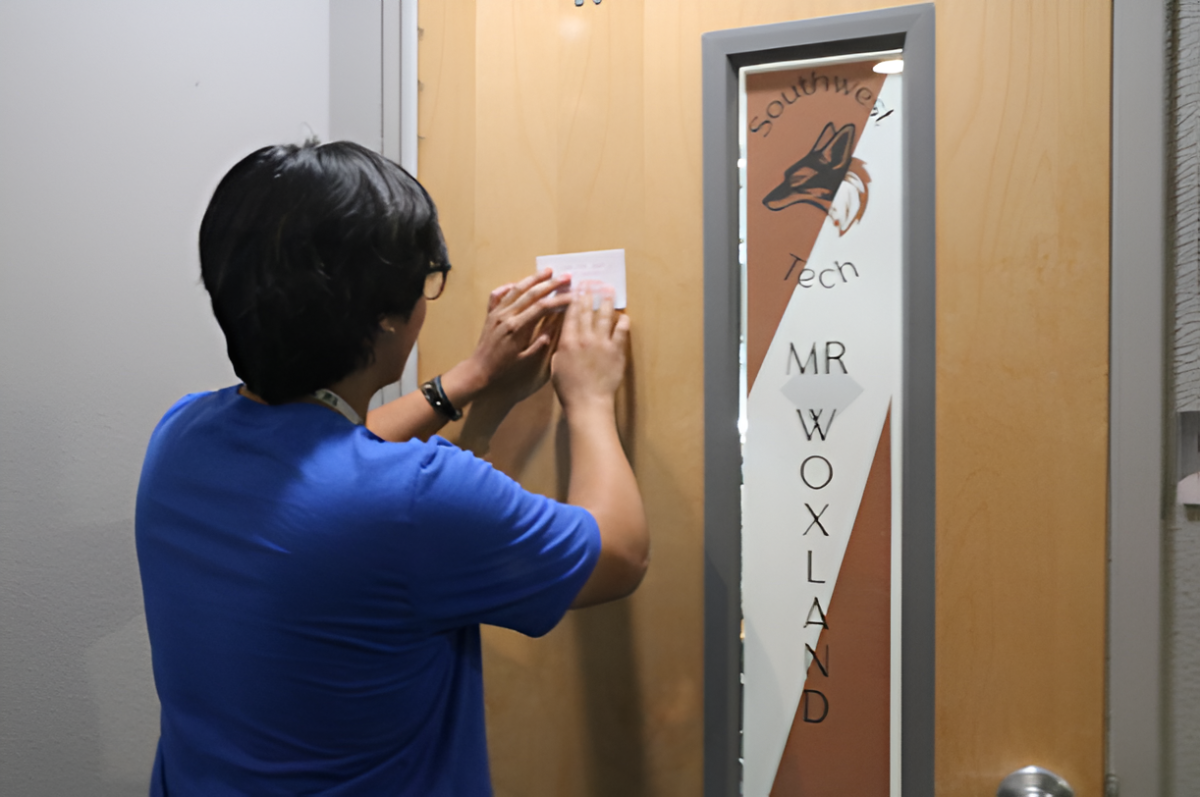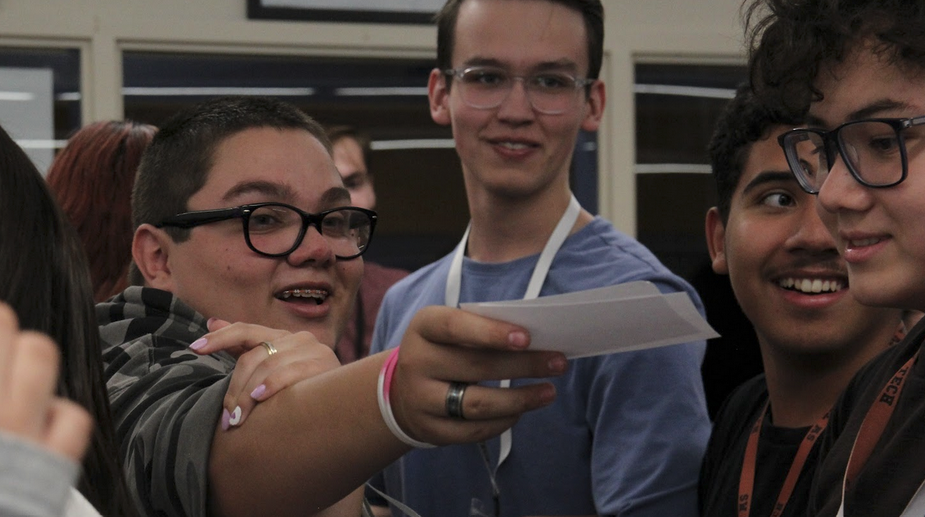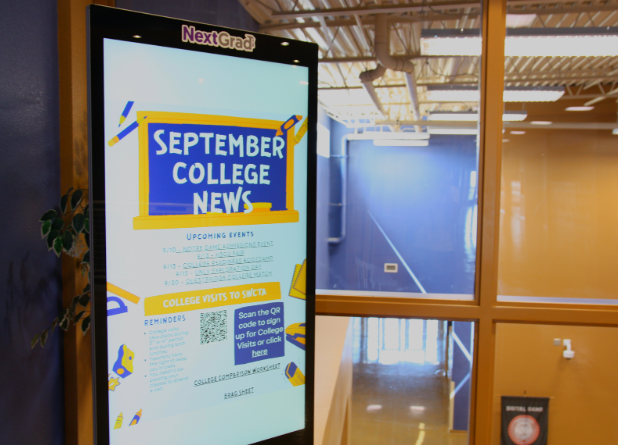In an attempt to raise the American College Testing (ACT) composite scores for the 2026 school year, administration is introducing prizes to motivate students.
Composite scores are averaged from student scores on English, reading, science and math. Students in grades 9 and 11 will take practice College Equipped Readiness Tool (CERT) tests that are similar to the ACT on Oct. 15, and the actual ACT will be administered on Feb. 24 for juniors.
“This year, we were tasked with one of our school performance plan goals to help increase the composite score on the ACT,” Community Partnership Coordinator Ryan Zaro said. “On Sept. 15, we met with a company called CERT… It’s a program that we use in 9th, 10th and 11th grade that practices ACT…These tests are designed to show you where your strengths are before you take the ACT and what standards that you’re either exceeding, meeting or not.”
Student averages for the ACT have ranged from 20.3-20.6 for the past five years. The test’s scoring scale goes up to 36.
“We looked at what is considered a good ACT score, what’s considered a competitive ACT score, and what’s the best. A good ACT score is anywhere between a 19 and a 22, and our students are falling in that good range with a 20,” Zaro said. “We think our students could be in that competitive which would be a 23 to 27…So we’re hoping to increase our composite score into that 22 to 23 range [this year].”
The rewards are only eligible for scores earned on the designated February testing day; students who retake for a higher score after the date will not qualify for the prizes.
“We are getting exclusive medallions that are made for us that will be an ACT achievement medallion that you can wear at graduation. If you get a 33 or greater, you’re getting an exclusive cap and gown that is specially embroidered; they’re super fancy. It’s not just the plain black one. You get one that stands out,” Zaro said. “We’re hoping that with the incentives, students will be like… ‘I want to get that special medallion,’ ‘I want that luncheon,’ ‘I want that boba.’ And if you get a 33, you get everything above it too.”
Teachers have been working to implement ACT test-taking strategies and questions into their lessons.
“I’ve incorporated aspects of ACT science into our daily curriculum, such as the ability to read tables, graphs, models, analyzing and interpreting the data, so that is naturally included [in the lessons],” science teacher Martha Horner said. “After they take the practice ACT next week, I will start doing more purposeful things, such as giving them strategies [to solve the questions], practicing the strategies in class, and even doing little mini ACTs.”
Students can study with outside resources, such as directly on the CERT program or by using practice tests provided on the school website.
“I know some people don’t really care about ACT scores because they’re taking the SAT,” junior Joy Park said. “I feel like it [the incentives] can motivate some people to at least try a little harder in order to get something in return.”



![Practicing the basic skills of nursing, sophomore Natalia Yancey gets her heartbeat checked with a stethoscope. Sophomore nursing students reviewed skills from freshman year. “I’ve always wanted to be in the medical field; it’s been my dream forever,” Yancey said. “Doing [practice skills] so early on is not only an amazing opportunity, but it helps me to prepare for my future.”](https://southwestshadow.com/wp-content/uploads/2025/10/IMG_9843-1200x800.jpg)



